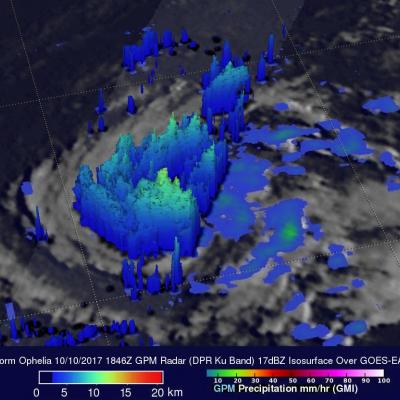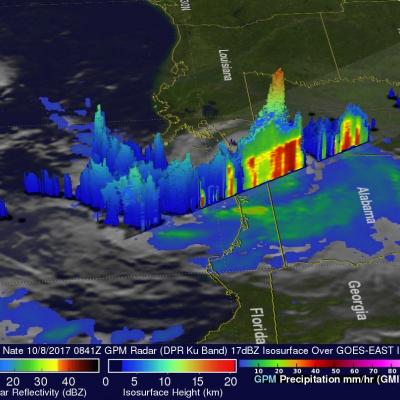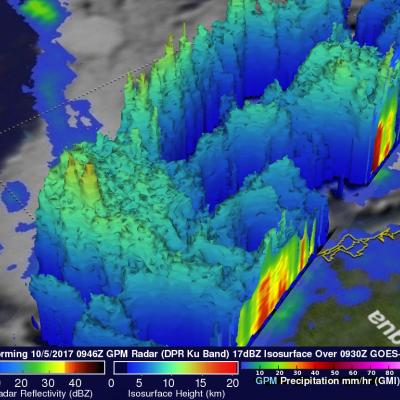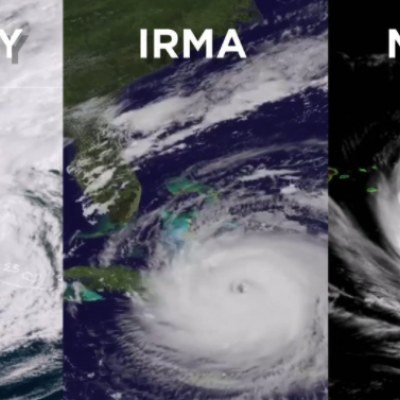Replacement GPM Ka/Ku L1B products (2017-10-11) for orbit 20566
PPS received replacement GPM Ka/Ku L1B products from JAXA and will reprocess the affected data including Level 2 and 3 data. If you have already obtained products with orbit# 20566 from our archive or through a standing order, etc., please discard and use the replacement products. PPS has replaced the following GPM Ka/Ku L1B data: GPMCOR_KAR_1710111422_1555_020566_1BS_DAB_05A.h5 GPMCOR_KUR_1710111422_1555_020566_1BS_DUB_05A.h5 PPS will reprocess the affected downstream L2/L3 products shortly. 2AKa 2A.GPM.Ka.V7-20170308.20171011-S142252-E155525.020566.V05A.HDF5 2AKu 2A.GPM.Ku.V7-20170308





